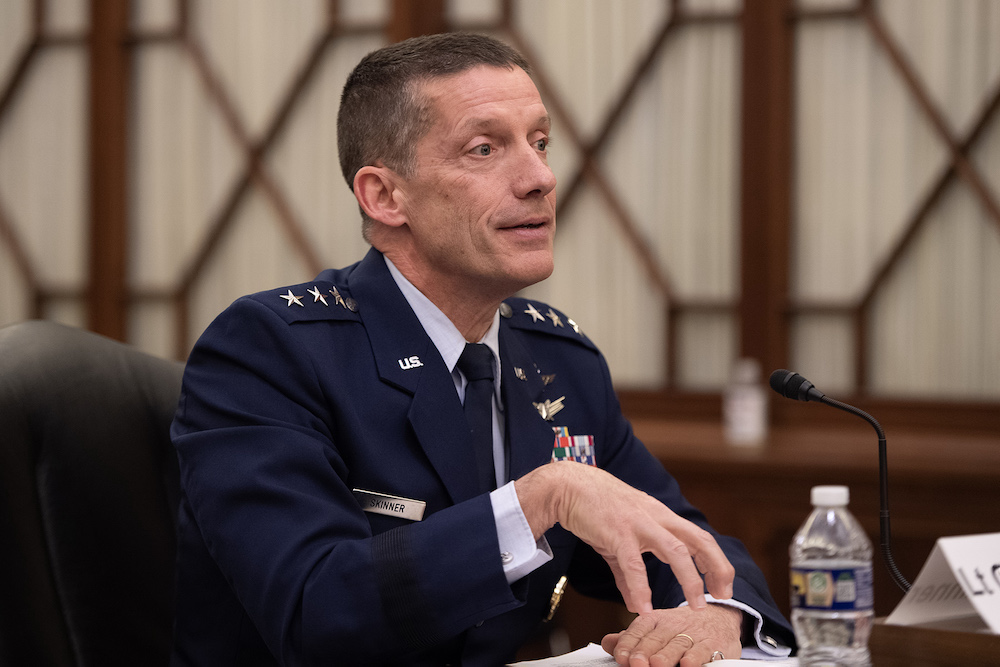VA Preparing to Enable Access to COVID-19 Vaccine
Efforts currently underway to improve rural health care and treatment access will help support future efforts to end the pandemic.

The VA is using its ongoing health care modernization to improve care during COVID-19 as well as set the stage for assisting vaccine availability that will help close the pandemic.
Speaking at NextGov’s Modern Heartbeat: Civilian and Military Health for the Present Day summit, Deputy Under Secretary for Health at the VA Office of Discovery, Education and Affiliate Networks (DEAN) Dr. Carolyn Clancy described how the agency has continued to modernize and expand access to care during the public health crisis.
“Like every health care system in the country during this pandemic, VA has been figuring out how to connect with patients when we don’t want them to come in physically,” Clancy noted.
This endeavor has included restructuring VA services and broader care networks to provide support for veterans who might be particularly isolated during periods of quarantine and unable to obtain particular necessities.
“Many hospitals have contracts with Uber or Lyft. To help veterans who need transportation … some of our folks were very quick to realize that some of our veterans live alone and had no way to go get food or other necessities. So they actually were able to modify those contracts,” Clancy said.
Clancy outlined that the VA is currently undergoing a twofold process of continuing to respond to COVID-19 while determining how care networks will continue to transform to provide better services and access after the pandemic has closed.
This has included a focus on partnering with community providers, with Clancy recognizing that “probably the biggest challenge we’re dealing with is titrating what’s going on in local communities.”
Not only has this coordination been vital for allowing care during a particularly demanding time for America’s hospital networks, it also has encouraged the proliferation of new methods for providing remote care that covers potentially serious conditions.
“Right now we’re partnering with a company called Photometrics that has a Bluetooth-enabled footpath that diabetics can stand on. And when the temperature at the bottom of their foot changes, the care team is alerted and reaches out proactively. And we’ve been able to see a big decrease in amputations,” Clancy said.
Clancy also noted that the conditions needed to transport and preserve the COVID-19 vaccine will likely be specific and demanding, with the VA preparing to provide the specialized freezers necessary to store the inoculations.
“Probably one of the more interesting challenges is that a couple of vaccines are going to require highly specialized freezers to minus 70 degrees [Fahrenheit] — which is pretty cold. It’s not the kind of thing every single facility has, but we’ve been really pleasantly surprised by how many partners are willing to help us,” Clancy said.
Clancy emphasized the success in expanding telehealth and remote care infrastructure as a foundation for providing additional services outside of VA clinics themselves.
“About a third of the people in our system live in rural areas,” she said. “Our first venture was Eureka, Montana. And it’s true Montana is a very big state — these veterans live two or three hours from the main medical center. And instead, they can go to a VFW Hall and have a private virtual appointment. So between that and mobile vans and all kinds of other partnering, I think that will be how we’re doing it.”
This is a carousel with manually rotating slides. Use Next and Previous buttons to navigate or jump to a slide with the slide dots
-

DOD Has a New Cyber Resiliency Assessment Program
Defense officials tout the continuous assessment feature and scalability of the new program amid increased cyber threats.
5m read -

Transitioning Systems for Modern Agency Missions
IT modernization is a constant process necessary for improving customer service, mission delivery and collaboration.
40m watch -

Cyber Resilience and Recovery Amid Evolving Cyber Threats
Data durability is a key aspect of NIST’s cybersecurity framework for public and private organizations.
21m listen -

How Tech Enables Environmental Justice at EPA
The agency wants to eliminate bias and establish new tech standards to reduce greenhouse gas emissions.
39m listen




